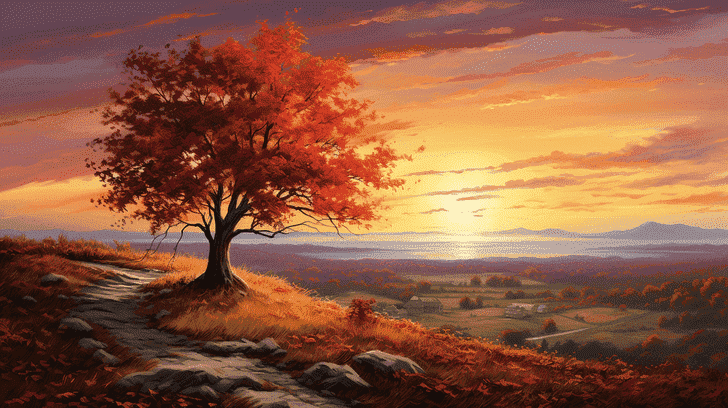Did you know that Iowa is home to over 2,500 species of native plants and trees? From the vibrant prairie grasses that sway in the wind to the majestic native trees that tower over the forests, this state is a haven of botanical diversity.
In this article, we will explore the rich tapestry of Iowa’s native flora, including the stunning wildflowers and the unique plants found in the marshes and swamps. Get ready to discover the natural wonders that thrive in the heartland.
The Diversity of Prairie Grasses
You’ll be amazed by the variety of prairie grasses found in Iowa.
Prairie restoration efforts in the state have been instrumental in bringing back native grasses and preserving their importance in maintaining ecosystem balance.
Native grasses play a crucial role in the Iowa landscape, providing food and shelter for a diverse range of wildlife, including insects, birds, and mammals.
These grasses also contribute to soil stabilization, preventing erosion and promoting water filtration.
Additionally, native grasses have deep root systems that help sequester carbon from the atmosphere, mitigating the impacts of climate change.
Some common varieties of native grasses found in Iowa include big bluestem, switchgrass, and prairie dropseed.
Each of these species has unique adaptations that make them well-suited to Iowa’s climate and soil conditions.
Native Trees of Iowa’s Forests
You might be surprised by the wide variety of native trees that can be found in Iowa’s forests. These trees not only contribute to the overall biodiversity of the state but also provide numerous ecological benefits.
Some of the native tree species found in Iowa’s forests include the white oak (Quercus alba), black walnut (Juglans nigra), eastern red cedar (Juniperus virginiana), and shagbark hickory (Carya ovata). These trees are well adapted to the local climate and soil conditions, making them resilient and able to thrive in Iowa’s forests.
Native shrubs, such as the American hazelnut (Corylus americana) and arrowwood viburnum (Viburnum dentatum), also play an important role in the forest ecosystem.
When gardening with native plants, it’s beneficial to choose native trees and shrubs as they require less maintenance, provide habitat for wildlife, and support pollinators.
Wildflowers and Blooming Beauties
Get ready to discover the vibrant array of wildflowers and blooming beauties that grace Iowa’s landscapes. These perennial favorites and seasonal sensations add a burst of color and beauty to the state’s natural surroundings.
Here are three notable wildflowers you can find in Iowa:
-
Purple Coneflower (Echinacea purpurea): With its striking purple petals and prominent cone-shaped center, this wildflower is a favorite among pollinators and garden enthusiasts alike. It blooms from early summer to fall and can be found in prairies and meadows.
-
Black-eyed Susan (Rudbeckia hirta): This cheerful wildflower features bright yellow petals with a dark brown center. It blooms from mid-summer to early fall and is commonly seen along roadsides and in open fields.
-
Butterfly Milkweed (Asclepias tuberosa): Known for its vibrant orange flowers, this wildflower is a favorite among butterflies. It blooms from late spring to early summer and is typically found in prairies and open woodlands.
These wildflowers not only enhance Iowa’s natural beauty but also provide essential habitat and food for various pollinators. Keep an eye out for these blooming beauties during your outdoor adventures in Iowa.
Wetland Wonders: Native Plants of Iowa’s Marshes and Swamps
Explore the diverse array of native plants that thrive in Iowa’s marshes and swamps, adding beauty and ecological value to these wetland wonders. Wetland conservation efforts have become increasingly important in preserving these unique ecosystems.
Native plants play a crucial role in wetland conservation by providing habitat for various animal species, improving water quality, and preventing soil erosion. These wetland plants have unique adaptations that allow them to survive in the challenging wetland environment.
For example, cattails have long, slender leaves that can float on water, and their roots can absorb excess nutrients and filter pollutants. The buttonbush produces dense clusters of white flowers that attract pollinators and provide food for birds. Other wetland plants, such as water lilies and sedges, have floating leaves that help them capture sunlight for photosynthesis.
These remarkable adaptations enable these native plants to thrive in Iowa’s marshes and swamps, contributing to the overall health and biodiversity of these wetland ecosystems.

